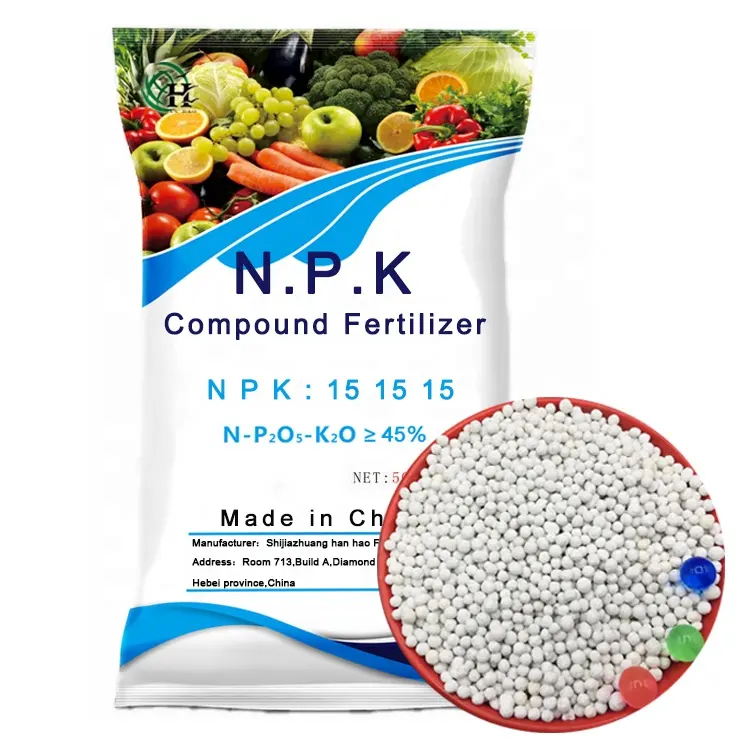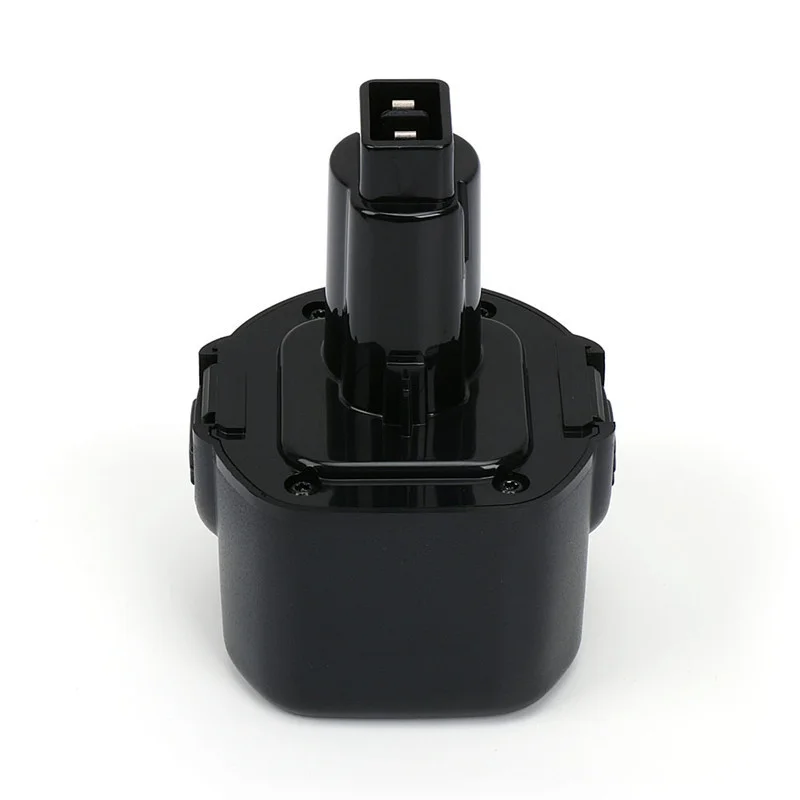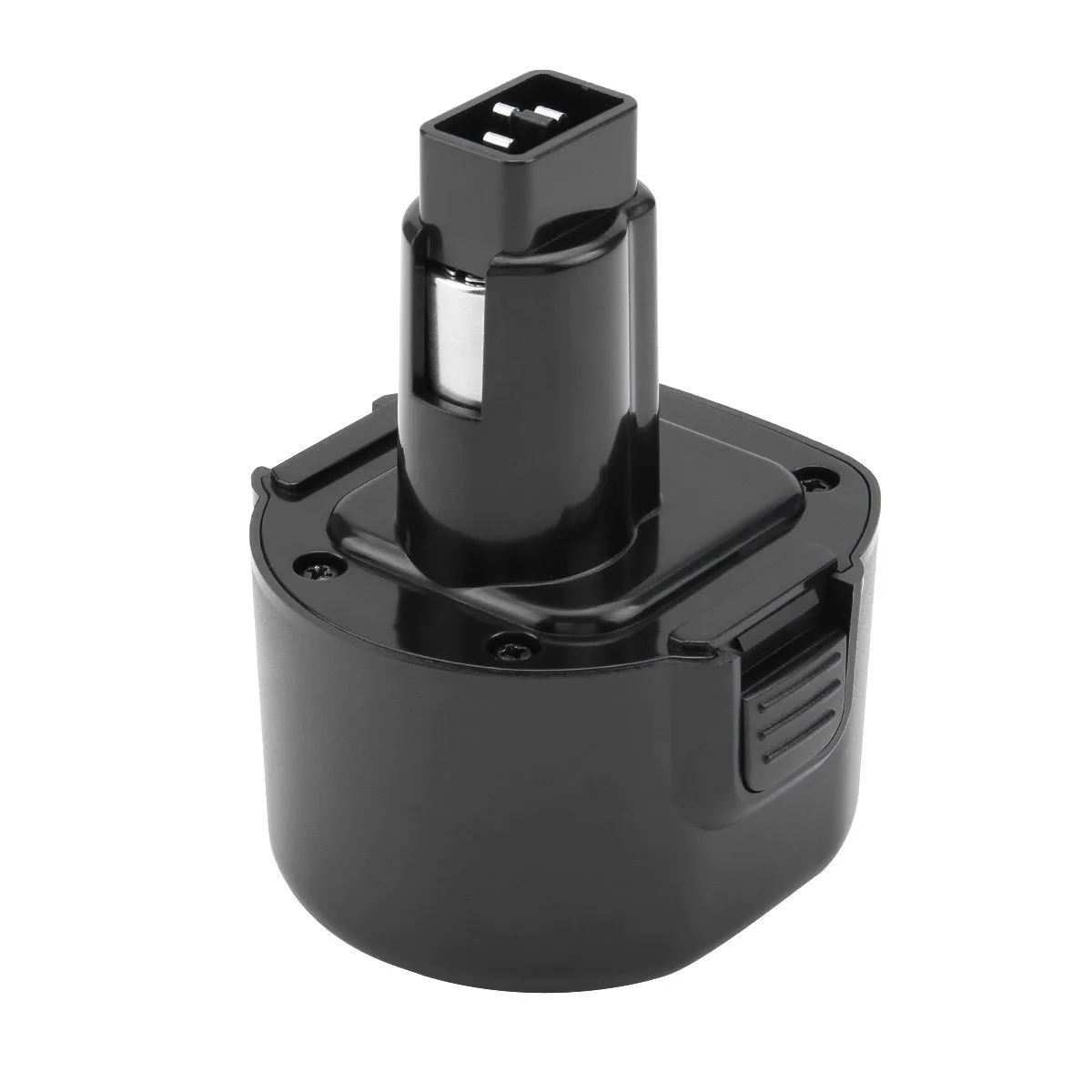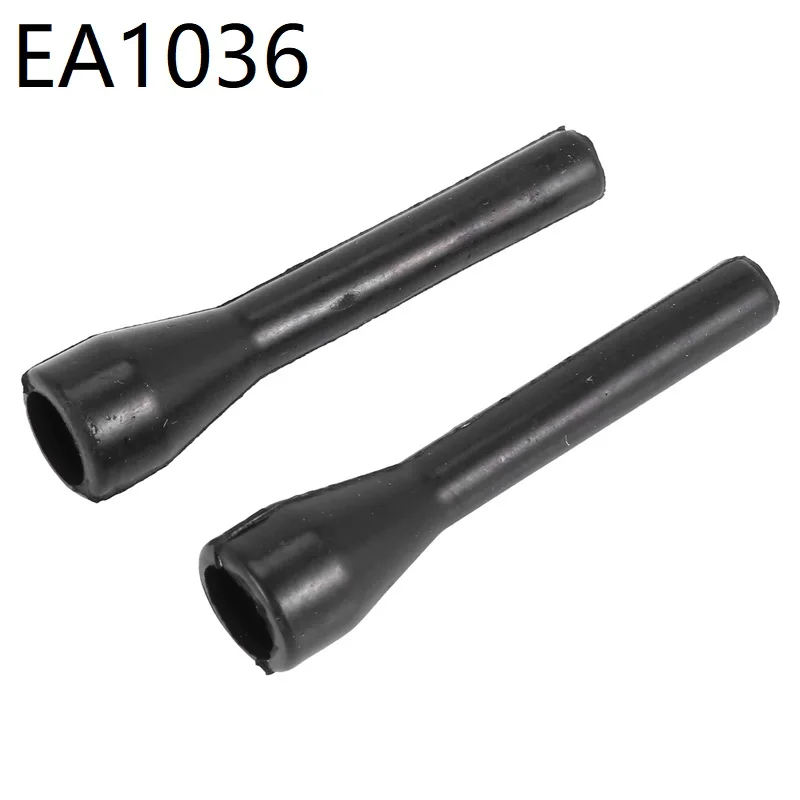Диформиат кальция CAS
- Категории: Fertilizer >>>
- Поставщик: Shandong,Bairong,New,Material,Technology,Co.,Ltd.
Поделиться:
Описание и отзывы
Характеристики
Products Description
USE
Action mechanism of acidifier: reduce the acidity of feed system and pH of gastrointestinal tract, and improve the activity of digestive enzymes
The food source of piglets before weaning is mainly breast milk, which contains a large amount of lactose. Lactose is transformed into lactic acid through the action of Lactobacillus in the stomach, so that the pH in the stomach is maintained at 4.0, which can better digest milk protein. Due to the incomplete development of digestive system and immune organs, insufficient digestive enzymes and gastric acid secretion during early weaning of piglets, piglets suddenly changed from sucking breast milk to eating solid feed. The reduction of lactose supply reduced the production of lactic acid in the stomach. At the same time, the solid feed system had high acid power and strong moderate acid power, so the pH in the stomach was more than 5.5. A large number of tests show that the optimal pH required for pepsin is 2.0~3.5. When ph>4.0, pepsin activity decreases or even becomes inactive. The high pH environment during weaning can lead to poor protein digestion. Therefore, adding acidifier to the weaning piglet diet will reduce the acidity of the feed system, reduce the pH in the gastrointestinal tract, further improve the activity of pepsin, promote protein digestion, and correspondingly increase the feed digestion.
Due to the incomplete development of digestive system and immune system in early weaned piglets, acidification can activate Pepsinogen, stimulate the secretion of pepsin, and then improve the digestibility of feed gastric protein. A large number of studies have confirmed that adding Acidifier in piglet diet can reduce the pH of diet and gastrointestinal tract, and improve the activity of digestive enzymes. Jingcui et al. Found that adding acidifier to the diet of weaned piglets had a significant effect on the pH of contents in stomach and duodenum (p<0.05), and had a downward trend on the pH of contents in jejunum and ileum, but the difference was not significant (p>0.05), and had no significant effect on the pH of contents in colon (p>0.05).
The food source of piglets before weaning is mainly breast milk, which contains a large amount of lactose. Lactose is transformed into lactic acid through the action of Lactobacillus in the stomach, so that the pH in the stomach is maintained at 4.0, which can better digest milk protein. Due to the incomplete development of digestive system and immune organs, insufficient digestive enzymes and gastric acid secretion during early weaning of piglets, piglets suddenly changed from sucking breast milk to eating solid feed. The reduction of lactose supply reduced the production of lactic acid in the stomach. At the same time, the solid feed system had high acid power and strong moderate acid power, so the pH in the stomach was more than 5.5. A large number of tests show that the optimal pH required for pepsin is 2.0~3.5. When ph>4.0, pepsin activity decreases or even becomes inactive. The high pH environment during weaning can lead to poor protein digestion. Therefore, adding acidifier to the weaning piglet diet will reduce the acidity of the feed system, reduce the pH in the gastrointestinal tract, further improve the activity of pepsin, promote protein digestion, and correspondingly increase the feed digestion.
Due to the incomplete development of digestive system and immune system in early weaned piglets, acidification can activate Pepsinogen, stimulate the secretion of pepsin, and then improve the digestibility of feed gastric protein. A large number of studies have confirmed that adding Acidifier in piglet diet can reduce the pH of diet and gastrointestinal tract, and improve the activity of digestive enzymes. Jingcui et al. Found that adding acidifier to the diet of weaned piglets had a significant effect on the pH of contents in stomach and duodenum (p<0.05), and had a downward trend on the pH of contents in jejunum and ileum, but the difference was not significant (p>0.05), and had no significant effect on the pH of contents in colon (p>0.05).
Company Profile

Shandong Bairong New Material Technology Co., Ltd.,
Located in Jinan City, Shandong Province, is a dynamic chemical import and export enterprise with customer demand as its own responsibility. At present, the company has more than 100 employees, which are divided into factory Department, procurement department, marketing department, foreign trade department, finance department and other departments.
The founder has been engaged in the chemical industry for more than 20 years. With professional technical and marketing personnel, diversified cooperative factories with synthetic technology and efficient logistics management, we provide services to customers all over the world.
After years of hard work, we have selected a number of excellent chemical production cooperative enterprises in China. These enterprises have their own advantages in different chemical synthesis fields. They have passed the strict inspection of suppliers by many customers and formed a long-term and stable strategic partnership with customers. With our partners' excellent equipment, well-trained employees and mature technology, we also continue to provide customers with more products.
The founder has been engaged in the chemical industry for more than 20 years. With professional technical and marketing personnel, diversified cooperative factories with synthetic technology and efficient logistics management, we provide services to customers all over the world.
After years of hard work, we have selected a number of excellent chemical production cooperative enterprises in China. These enterprises have their own advantages in different chemical synthesis fields. They have passed the strict inspection of suppliers by many customers and formed a long-term and stable strategic partnership with customers. With our partners' excellent equipment, well-trained employees and mature technology, we also continue to provide customers with more products.
Product Packaging


FAQ
Q1: Are you a manufacture or trader?
A1: We are a manufacturer in China.
Q2: May I have a sample order?
A2: Yes, we welcome sample order to test and check our quality. Contact Us and tell me your requirement of the product you want. We can provide free sample,you just provide us the freight collect.
Q3: What is your acceptable payment term?
A3: L/C, T/T, Western Union, Paypal.
Q4: How about the validity of the offer?
A4: Usually our offer is valid for 1 week. However, validity might vary between different products.
Q5: What documents you provide?
A5: Usually, we provide Commerical Invoice, Packing List, Bill of loading, COA, MSDS and Origin certificate. Please let us know if you need additional documents.
A1: We are a manufacturer in China.
Q2: May I have a sample order?
A2: Yes, we welcome sample order to test and check our quality. Contact Us and tell me your requirement of the product you want. We can provide free sample,you just provide us the freight collect.
Q3: What is your acceptable payment term?
A3: L/C, T/T, Western Union, Paypal.
Q4: How about the validity of the offer?
A4: Usually our offer is valid for 1 week. However, validity might vary between different products.
Q5: What documents you provide?
A5: Usually, we provide Commerical Invoice, Packing List, Bill of loading, COA, MSDS and Origin certificate. Please let us know if you need additional documents.






















